Kwanda's Q1
Impact Report
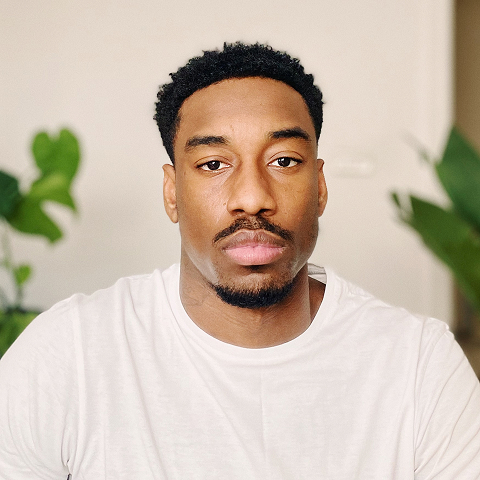
I'll try not to ramble on too long in this introduction, as there's plenty to get through in our first official quarterly report.
Here's what I will say: If last year was the year of experimentation and validation of the Kwanda model, this is the year we're setting up to scale.
This means installing a board, hiring a team, setting out our operational policies, implementing financial controls, and getting our community organised and productively collaborating amongst themselves and with the innovators we support.
In the first quarter of this year, we made good progress in cleaning up our funding model. I continually asked myself: What are the things we're doing that scale elegantly, and what are the things that, at scale, would add unnecessary complexity to our fund and mission? As a result, we made clever cuts and consolidations across every aspect of Kwanda.
This sets us up for a solid second quarter, during which we'll begin formalising our operations, policies, and manuals in preparation for hiring a board and key roles.
In the report below, you'll first look at some primary metrics. Then, I'll walk you through some financials and impact data before discussing the notable funded activities we engaged in this quarter.
As with everything we do at Kwanda, this is the first version. With your feedback, I'll aim to improve these reports and include more of what you want to see.
I hope you enjoy learning more about our achievements in the year's first three months. Let's start with some core data - and note that there may be slight discrepancies (less than 1%) in the numbers due to programmatic currency conversion and rounding.
Look at the numbers
Financials
Below is a summary of our financials for the quarter. Feel free to also download our financial accounts.

We raised £44,386 in contributions from villagers and friends this quarter and deployed £13,453 into four new projects in 🇳🇬 Nigeria, 🇬🇭 Ghana, 🇰🇪 Kenya and 🇺🇬 Uganda.
This quarter's operational expenses came in at £29,125. This was higher than expected, and much of the spending was on paid advertising. Although we got a relatively good return, our ads are beginning to get a bit stale and, therefore, expensive. We need to either refresh our paid ads to return to our target acquisition cost of under £25 or shift some or all of that spend into other marketing channels. We'll be working on this in the coming quarter.
Tangible results
Our impact
Here are some regional and sectoral impact results we achieved this quarter.

On the impact front, we've had an amazing quarter. We're starting to see stable and consistent impact from our projects, and we're getting a sharper sense of the ingredients for successful collaboration between Kwanda and local partners.
In numbers, our funded activities in the quarter directly supported 2300+ people across five sectors. We also voted and passed 3 proposals, in which our community recommitted to funding the tackling of period poverty through local pad production in rural 🇰🇪 Kenya and increasing water access by drilling community-managed water pumps in rural 🇹🇿 Tanzania.
We tested some new funding instruments: this quarter, we deployed 4 grants and 15 microloans. The grants went to impressive young changemakers in 🇳🇬 Nigeria, and the microloans went to a community of entrepreneurs in 🇺🇬 Uganda. I won't touch on these new instruments in this report as we're still gathering data, but you can read about what we have achieved with them in the next quarterly report.
From the field
Some of the photos and videos our field partners shared with us this quarter.
Scroll or drag to see more
Delivering free primary healthcare in Nigeria with microclinics

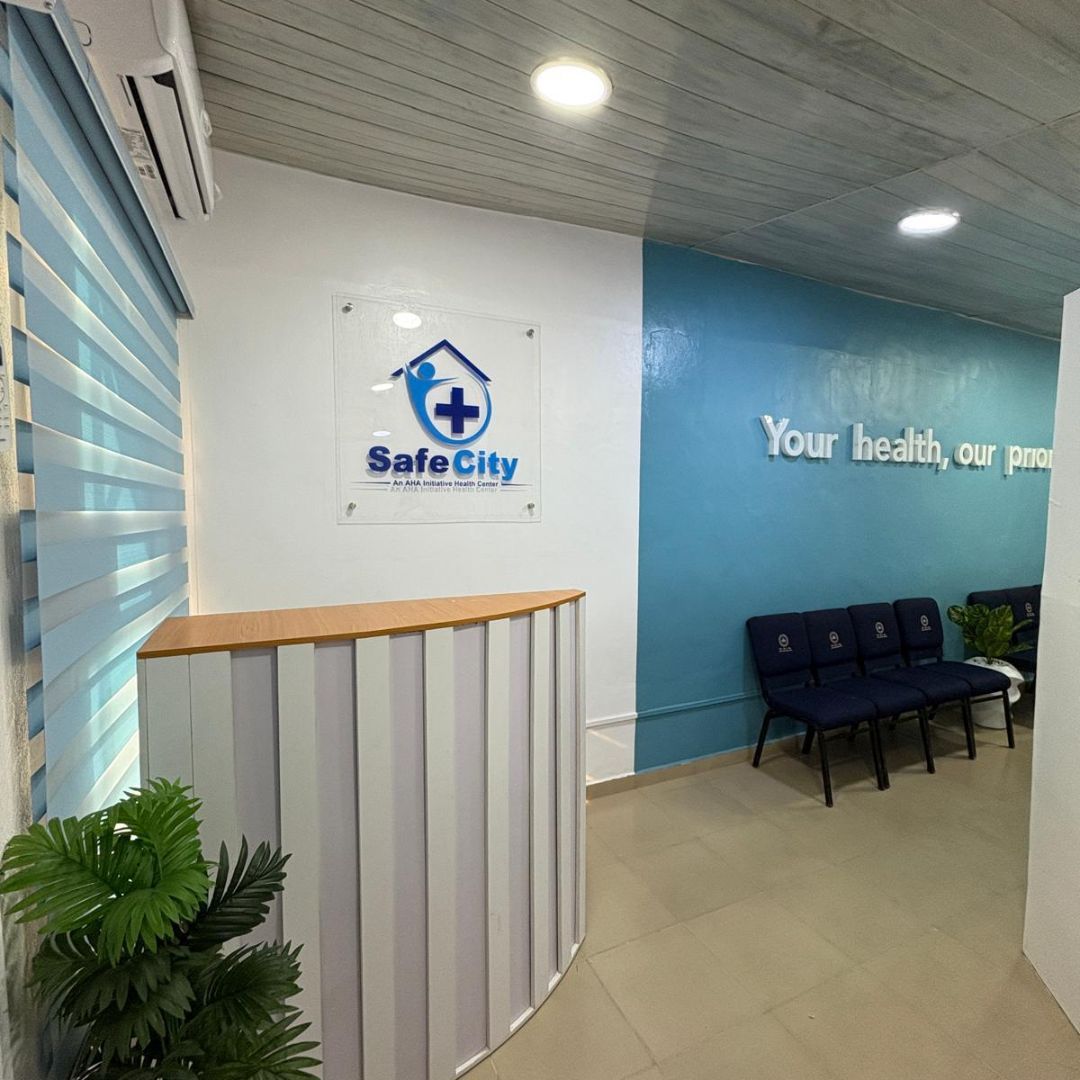
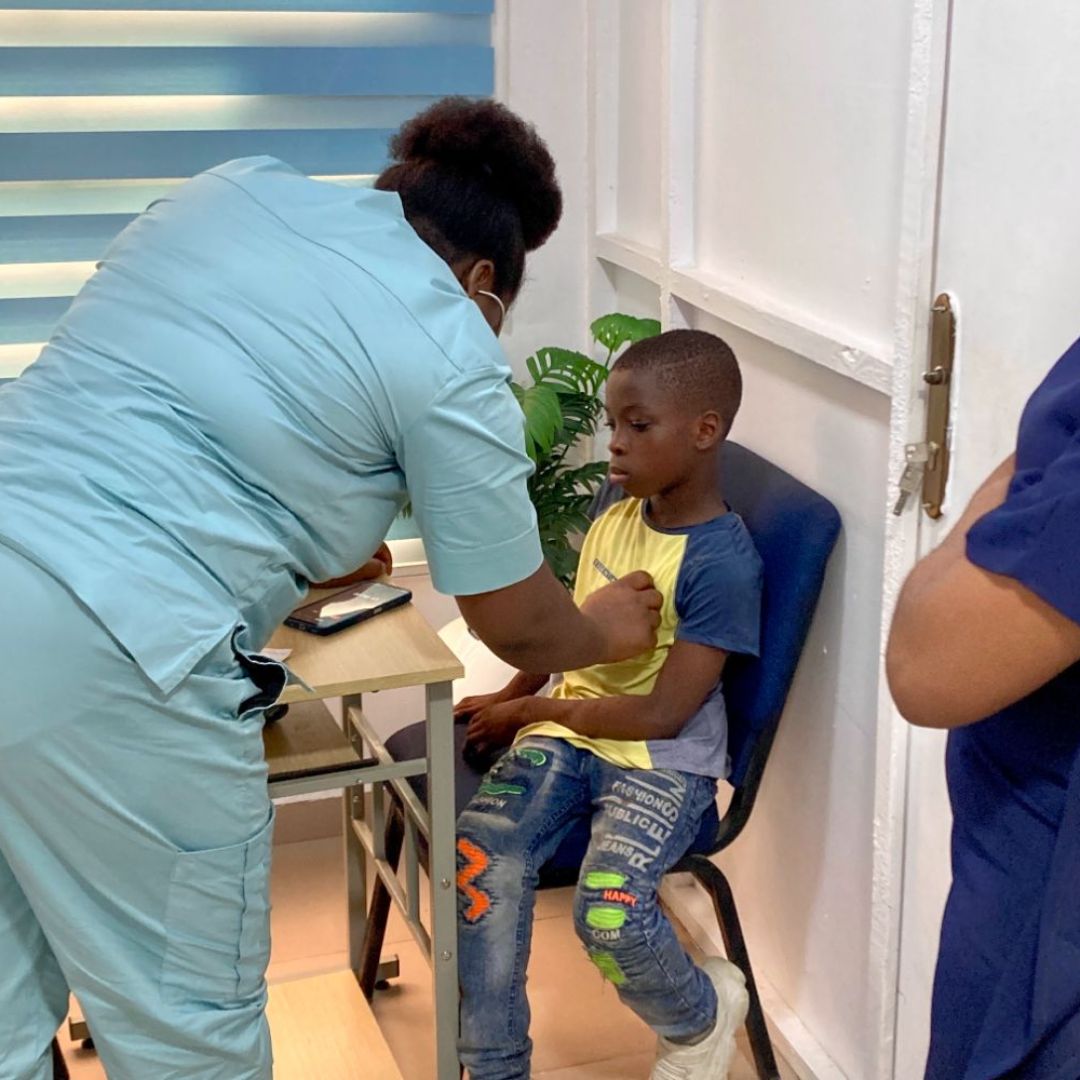
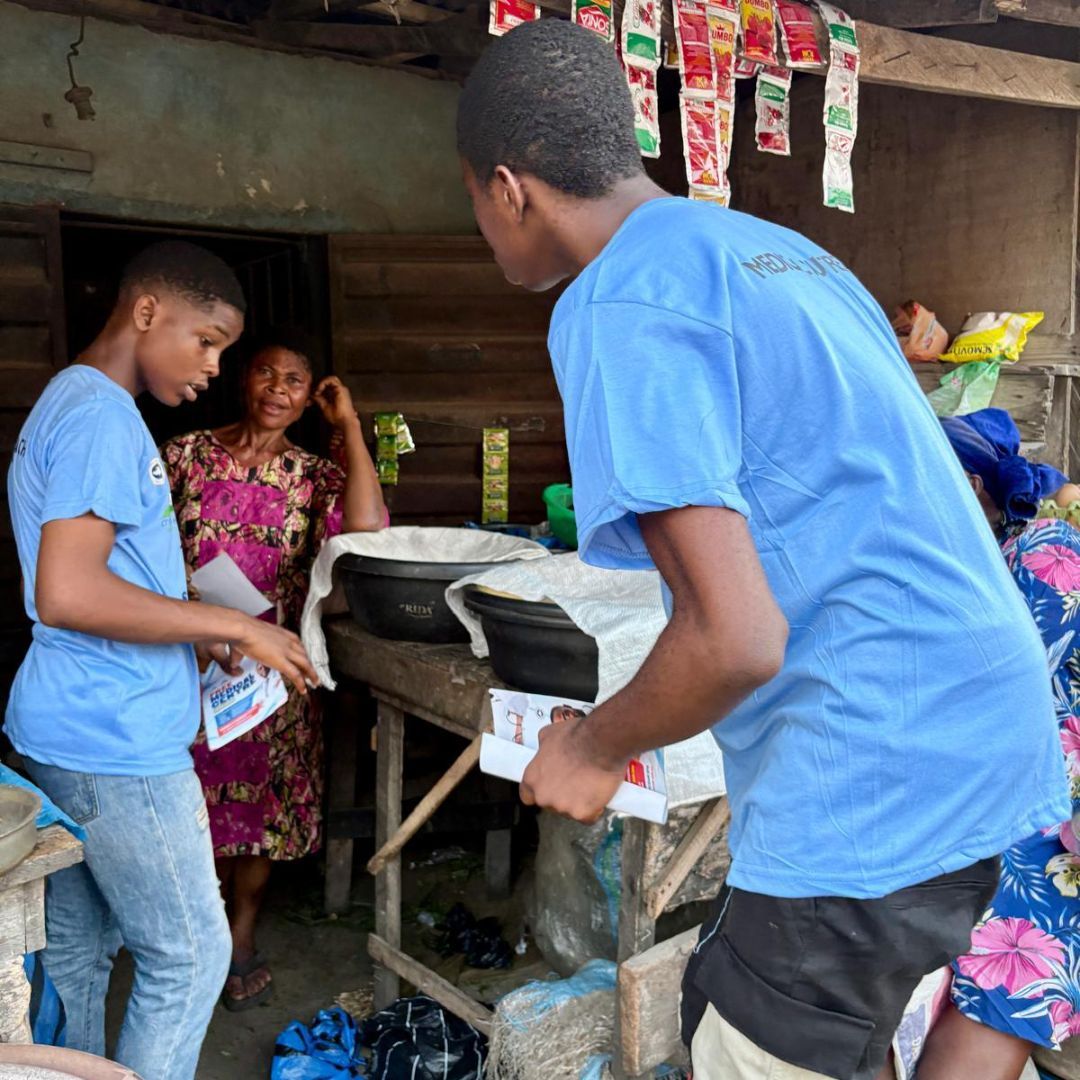

Last October, our members voted to—in partnership with the AHA initiative—fund the establishment of a micro-clinic in Lagos, Nigeria, to provide free primary healthcare for up to 4,000 low-income residents annually.
This has been a model collaboration, with the clinic treating 1,005 patients in the quarter. This does not include the numbers from March, which I'm sure will push the number into the 1,600 range.
Visitors are typically young, with around 41% of visitors who use the clinic being aged between 0 and 18. Around 99.8% of patients who use the clinic are otherwise uninsured, and the median household income of visitors was around £11 per month. The most common conditions treated are malaria (33%), upper respiratory tract infections (15%) and unmanaged hypertension (14%).
The clinic is saving lives, and next quarter, we'll discuss funding a second location in Nigeria.
Reducing period poverty in Kenya through local pad production
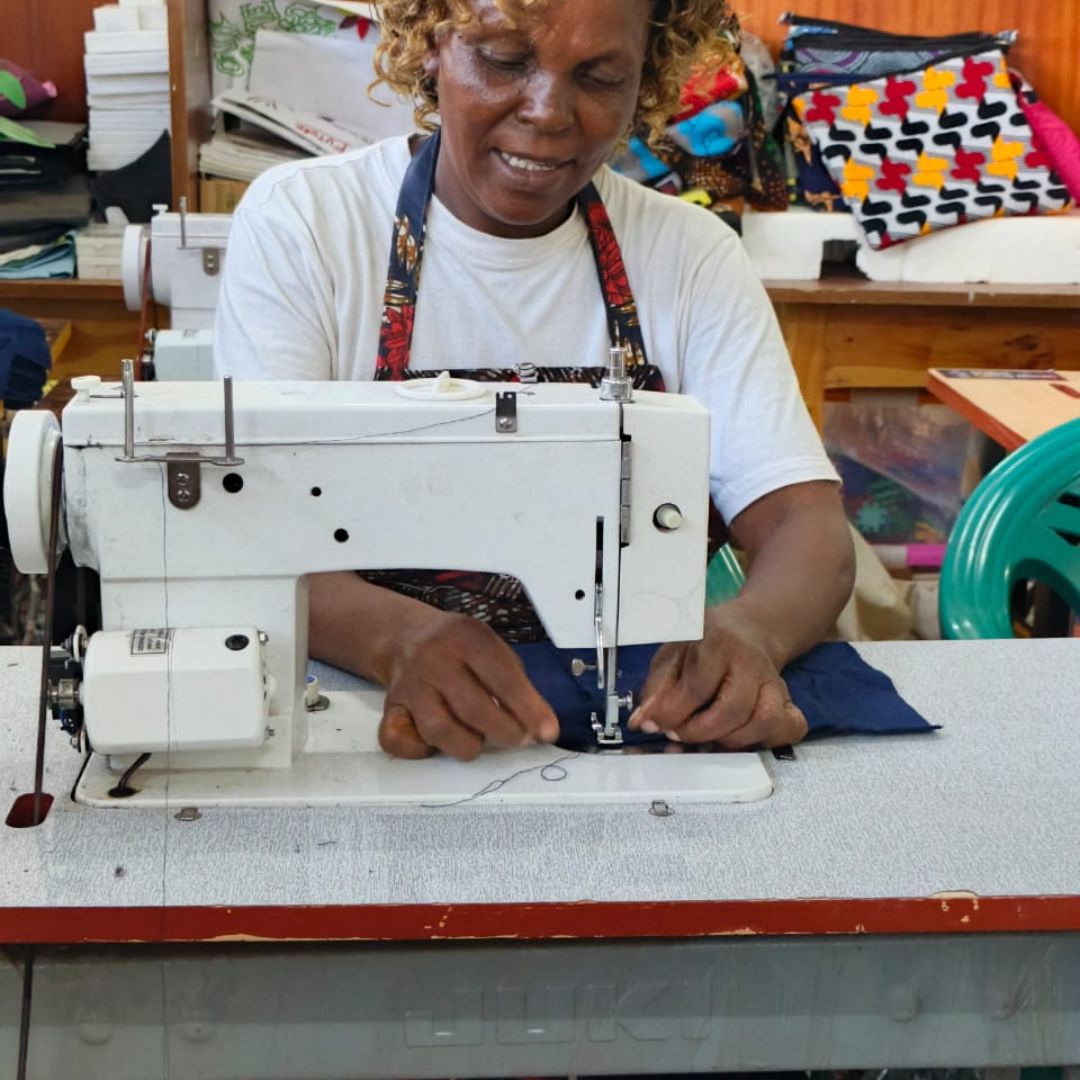
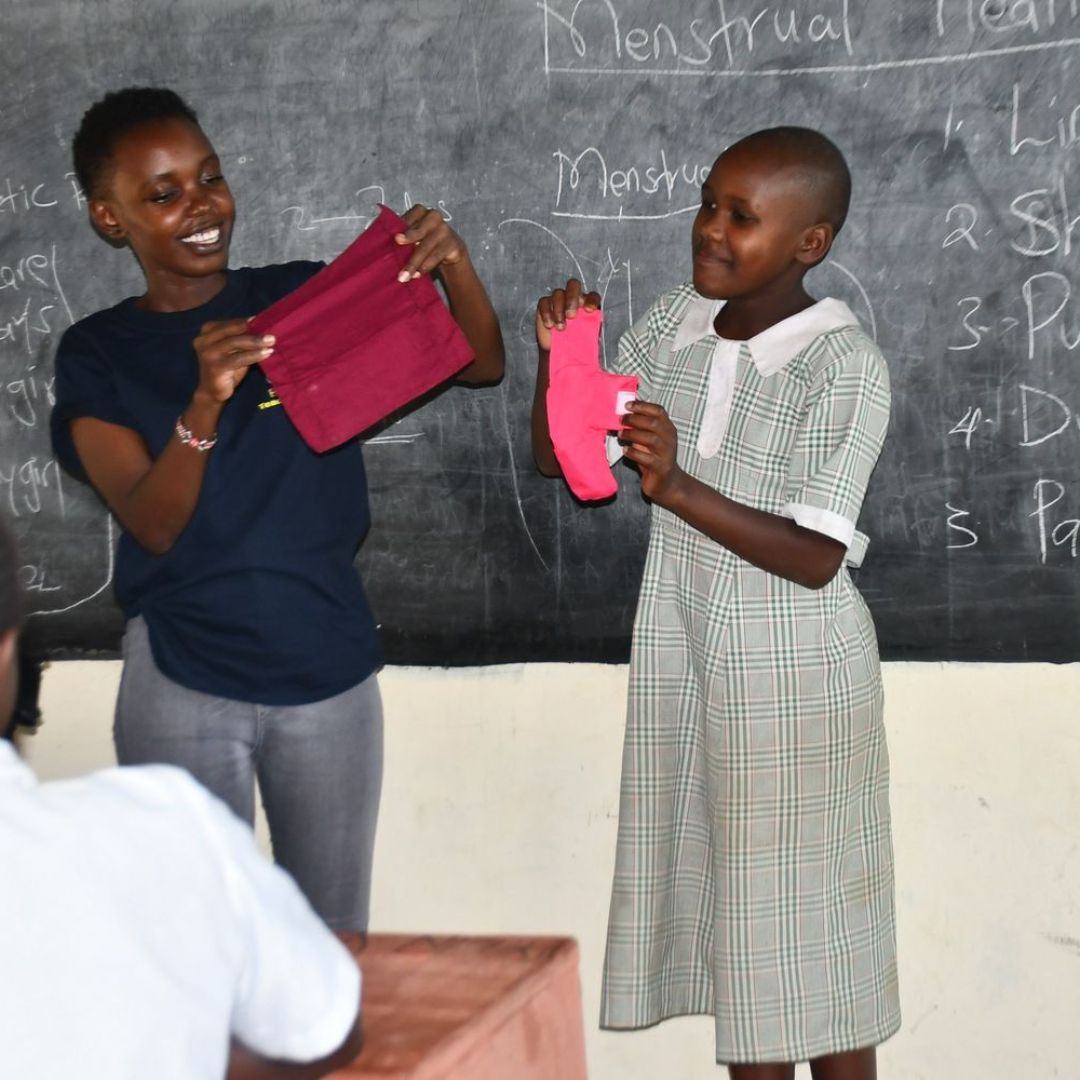
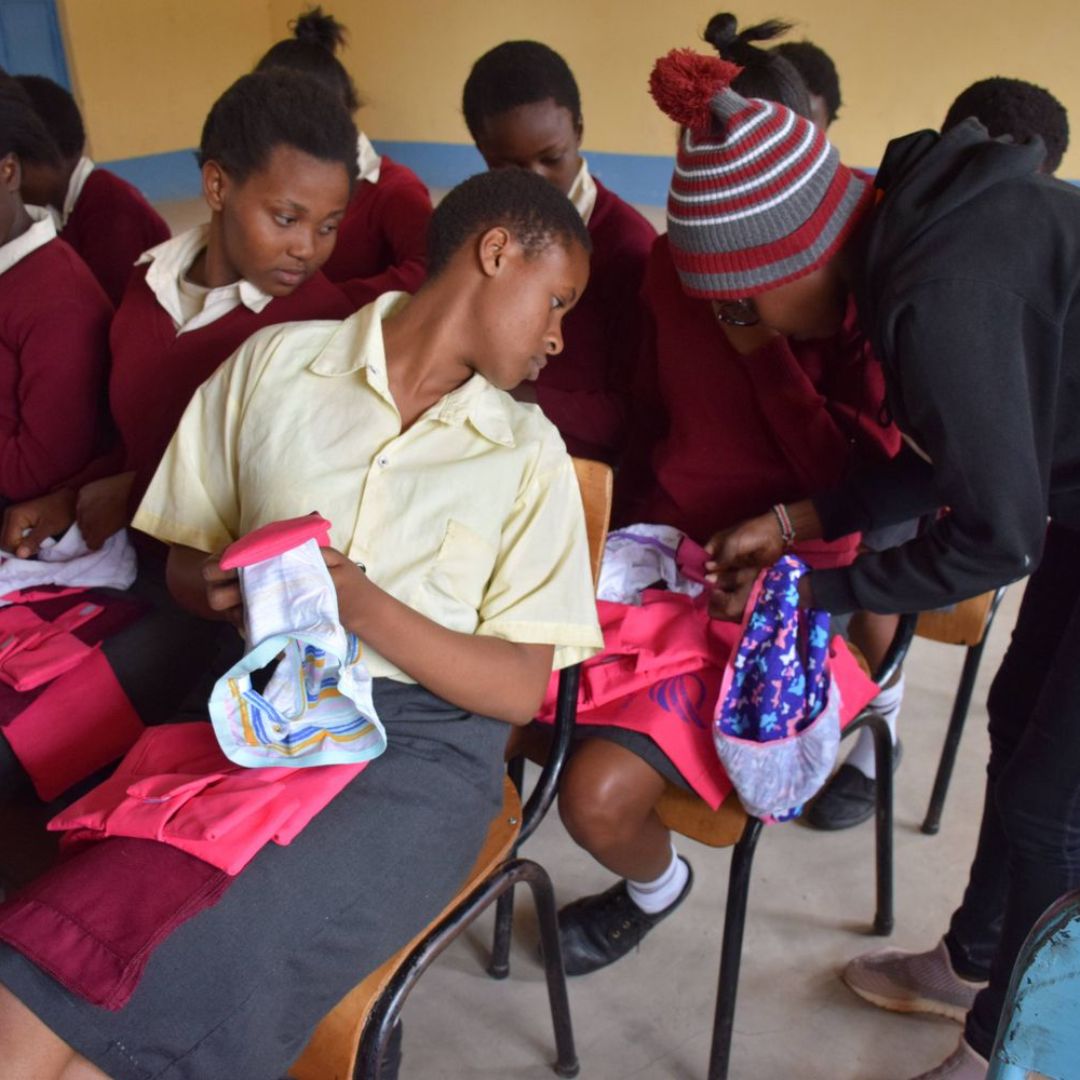
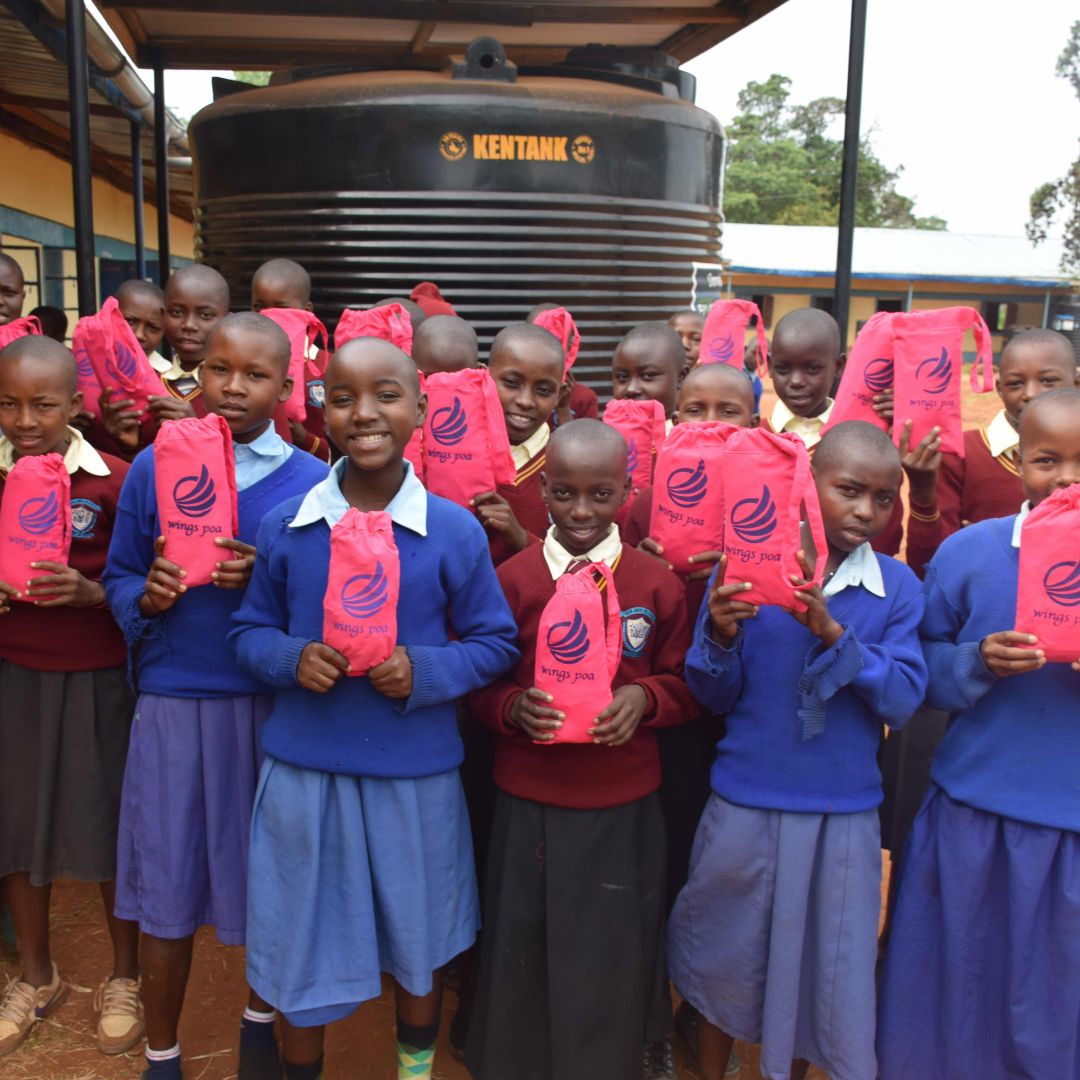

Last year, we saw that for every $10 we spent in rural communities tackling period poverty, we could reclaim approximately 250 hours of school time for girls, all while providing employment for local women and health education for young boys and girls.
So, this quarter, we voted to double down on our commitment to reducing period poverty through local pad production in Kenya. In the coming quarter, 650 reusable menstrual kits - made using organic cotton - will be produced by local women (at $3 in wages per kit) and distributed to girls, reclaiming up to 162,500 hours of time at school for them.
Helping rural family farms in Sierra Leone earn income
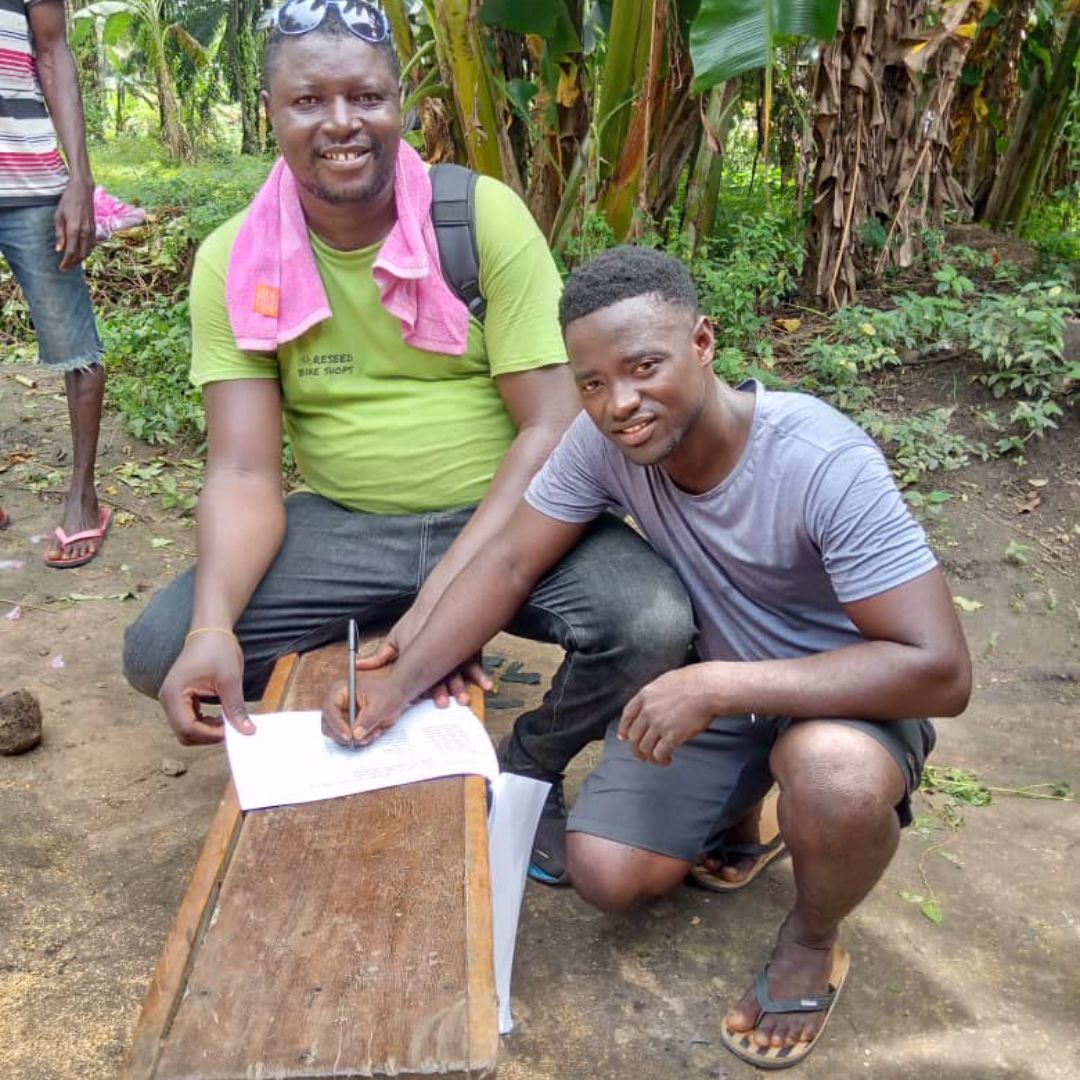
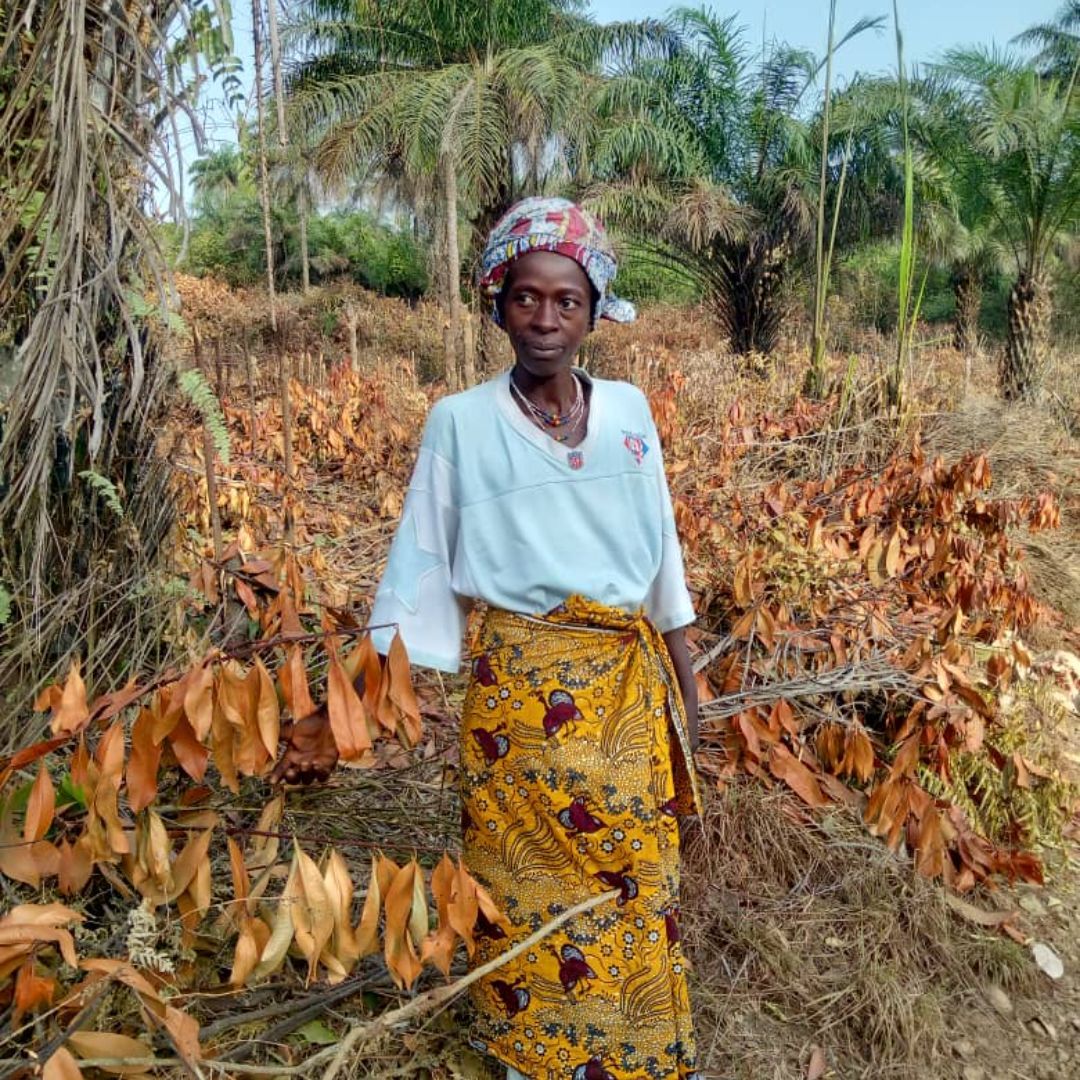
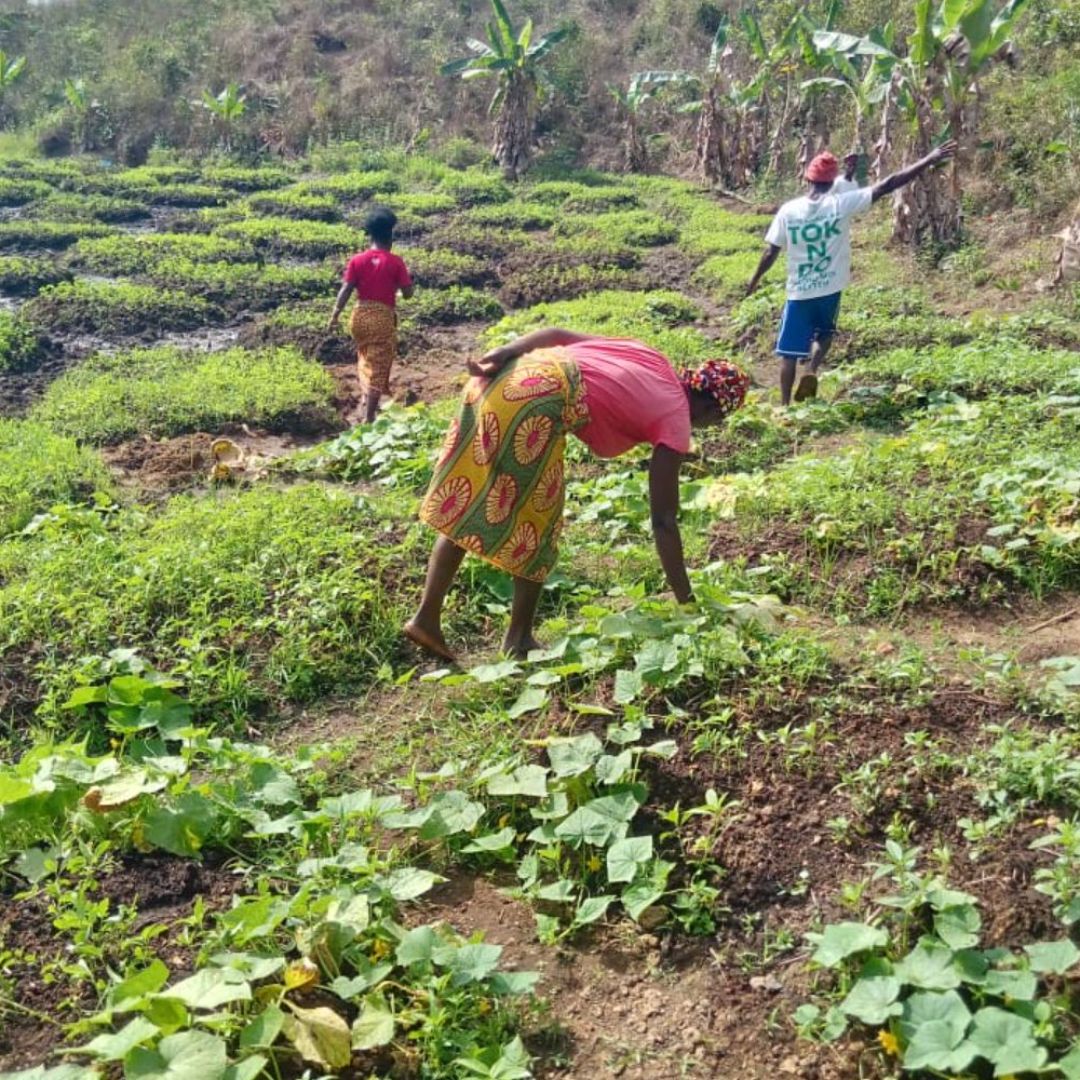


The pilot agriculture program we're funding in Sierra Leone, came to the end of its first phase in Q1, during which diversified seed crops were distributed to 220 farmers across six villages for cooperative farming:
The villages were: Masokoh, Makel, Mathera, Kalangba, Maronko, and Mabai.
In the coming quarter we'll be assessing the impact of this first phase and determining which metrics we will track throughout the pilot to measure its effectiveness.
We're currently considering the following metrics: crop yield improvement, farmer income growth, and the adoption rate of sustainable practices.
Looking forward
What we're focusing on for the coming quarter

I hope you enjoyed reading about what we achieved in Q1 and will help to share the report widely.
It's been a frantic first quarter, as I spent a lot of time travelling and putting out fires, but I'm feeling very settled as we move into quarter two. I'm especially excited to hire a full-time team to work with me on operating Kwanda this year.
I'm also excited to say that we're going to create an organised hub for members who want to volunteer at Kwanda in Q2. I've heard from villagers who, beyond their contributions, would like to contribute their expertise and skillset to both Kwanda and the projects and communities we support.
Organising our collaborative efforts in basic messaging apps like WhatsApp or Signal is challenging. So, we're currently designing a new community space that offers a more structured environment for collaborating amongst ourselves and with builders on the ground.
Finally, we're going for charity registration and official non-profit registration in the UK and the US. This will add an additional layer of trust and accountability to Kwanda. We'll also be bringing on an external auditing firm to ensure we maintain the integrity of our promise of transparency to our members and friends.
As mentioned above, I'm going to continue improving the report to be more transparent, informative, and engaging. I look forward to sharing another with you at the end of next quarter.
Thanks to all those who support Kwanda and have entrusted us with their hard-earned money.
I'll speak to you again soon!
Jermaine, Founder
How you can help?
Pick one, or two.
Thanks for reading
... It takes a village
© 2025. Kwanda is a non-profit fund limited by guarantee (12378728). Registered office: International House, 64 Nile Street, London, N1 7SR